1,261cc Atmospheric Inlet and Mechanical Exhaust Valve Inline 2-Cylinder Engine Single Carburetor 10hp (rated) 3-Speed Slidibng Gear Manual Transmission 4-Wheel Semi-Elliptic Leaf Spring Suspension 2-Wheel Drum Brakes *Believed sole surviving Veteran era 2-cylinder example of marque *Veteran Car Club dated *Has completed numerous London to Brighton Veteran Car Runs *Rare and potent early French automobile BOYER & COMPANY Noé Boyer was one of the many pioneering constructors of automobiles operating in France in the immediately pre and post 1900 era, which was not unreminiscent of the 'dot-com' times of the late 1990s/early 2000s in the tech industry. Based in the Paris suburb of Suresnes which would become home to companies such as Darracq, literature suggests that he began in engineering as early as 1895, and by the turn of the century was building combustion-engined tricycles which were quickly becoming ubiquitous in France. By 1898 there was already some consolidation in the market, and Boyer merged his interests with Gladiator and Clément. This concern would notably build light voiturettes and quadricycles marketed under the Phébus name in the UK. For a short while the Boyer name was mothballed, but it re-emerged in 1902 with a new concern, Boyer et Cie. and started to produce a series of voiturettes in the common idiom of the day, utilizing some of the proprietary power plants provided by the Parisian based Aster and De Dion Bouton companies among others. For a while Boyer cars were marketed here in the U.S. by noted French automobile agent Kenneth A. Skinner of Boston. THE MOTORCAR OFFERED A two-cylinder Boyer car was marketed from 1902 of which this is believed to be the sole surviving example. It carries a powerplant which was another bought-in component, being made by E. Buchet who were long time suppliers of potent engines for competition tricycles among other vehicles, which by his own marketing were the 'strongest, fastest and lightest'! It is notable for its push rod mechanical overhead exhaust valve, which for the day is relatively advanced, and for Buchet was an early water-cooled version. In all other respects it mirrors the aesthetic design of the now frequently copied Système Panhard, with piano pedals, 3 speeds and serpentine radiator, albeit with direct, rather than chain drive. Mr. Reed acquired the Boyer many years ago from collector L.K. Newell out of Oklahoma, and to judge from a photo on file of the car as acquired it was in good and original, but well-aged/patinated order. A plaque on its front splash guard alludes to its being supplied in France by Leon Molon Garage of Le Havre, although further history has not been established. A restoration was undertaken by Reed to bring the car to the condition that you see her today, the by then darkened color scheme being revived with fresh paint in an olive-green hue and straw-colored frame, running gear and wheels. Its seemingly original flat black upholstery was matched in the refurbishment, while to aid running a modern starter motor has been fitted. Since the completion of the restoration, the car has been an active participant in the London to Brighton Veteran Car Run, being shipped to the UK no fewer than eight times. Along the course of this its date was assessed by the Veteran Car Club of Great Britain and certified as being of 1902 manufacture. As a twin cylinder car of this age, the Boyer is both rare and would provide a purposeful tour car, which should comfortably propel its full capacity of passengers, and would be afforded a relatively early start in the London to Brighton.
1,261cc Atmospheric Inlet and Mechanical Exhaust Valve Inline 2-Cylinder Engine Single Carburetor 10hp (rated) 3-Speed Slidibng Gear Manual Transmission 4-Wheel Semi-Elliptic Leaf Spring Suspension 2-Wheel Drum Brakes *Believed sole surviving Veteran era 2-cylinder example of marque *Veteran Car Club dated *Has completed numerous London to Brighton Veteran Car Runs *Rare and potent early French automobile BOYER & COMPANY Noé Boyer was one of the many pioneering constructors of automobiles operating in France in the immediately pre and post 1900 era, which was not unreminiscent of the 'dot-com' times of the late 1990s/early 2000s in the tech industry. Based in the Paris suburb of Suresnes which would become home to companies such as Darracq, literature suggests that he began in engineering as early as 1895, and by the turn of the century was building combustion-engined tricycles which were quickly becoming ubiquitous in France. By 1898 there was already some consolidation in the market, and Boyer merged his interests with Gladiator and Clément. This concern would notably build light voiturettes and quadricycles marketed under the Phébus name in the UK. For a short while the Boyer name was mothballed, but it re-emerged in 1902 with a new concern, Boyer et Cie. and started to produce a series of voiturettes in the common idiom of the day, utilizing some of the proprietary power plants provided by the Parisian based Aster and De Dion Bouton companies among others. For a while Boyer cars were marketed here in the U.S. by noted French automobile agent Kenneth A. Skinner of Boston. THE MOTORCAR OFFERED A two-cylinder Boyer car was marketed from 1902 of which this is believed to be the sole surviving example. It carries a powerplant which was another bought-in component, being made by E. Buchet who were long time suppliers of potent engines for competition tricycles among other vehicles, which by his own marketing were the 'strongest, fastest and lightest'! It is notable for its push rod mechanical overhead exhaust valve, which for the day is relatively advanced, and for Buchet was an early water-cooled version. In all other respects it mirrors the aesthetic design of the now frequently copied Système Panhard, with piano pedals, 3 speeds and serpentine radiator, albeit with direct, rather than chain drive. Mr. Reed acquired the Boyer many years ago from collector L.K. Newell out of Oklahoma, and to judge from a photo on file of the car as acquired it was in good and original, but well-aged/patinated order. A plaque on its front splash guard alludes to its being supplied in France by Leon Molon Garage of Le Havre, although further history has not been established. A restoration was undertaken by Reed to bring the car to the condition that you see her today, the by then darkened color scheme being revived with fresh paint in an olive-green hue and straw-colored frame, running gear and wheels. Its seemingly original flat black upholstery was matched in the refurbishment, while to aid running a modern starter motor has been fitted. Since the completion of the restoration, the car has been an active participant in the London to Brighton Veteran Car Run, being shipped to the UK no fewer than eight times. Along the course of this its date was assessed by the Veteran Car Club of Great Britain and certified as being of 1902 manufacture. As a twin cylinder car of this age, the Boyer is both rare and would provide a purposeful tour car, which should comfortably propel its full capacity of passengers, and would be afforded a relatively early start in the London to Brighton.
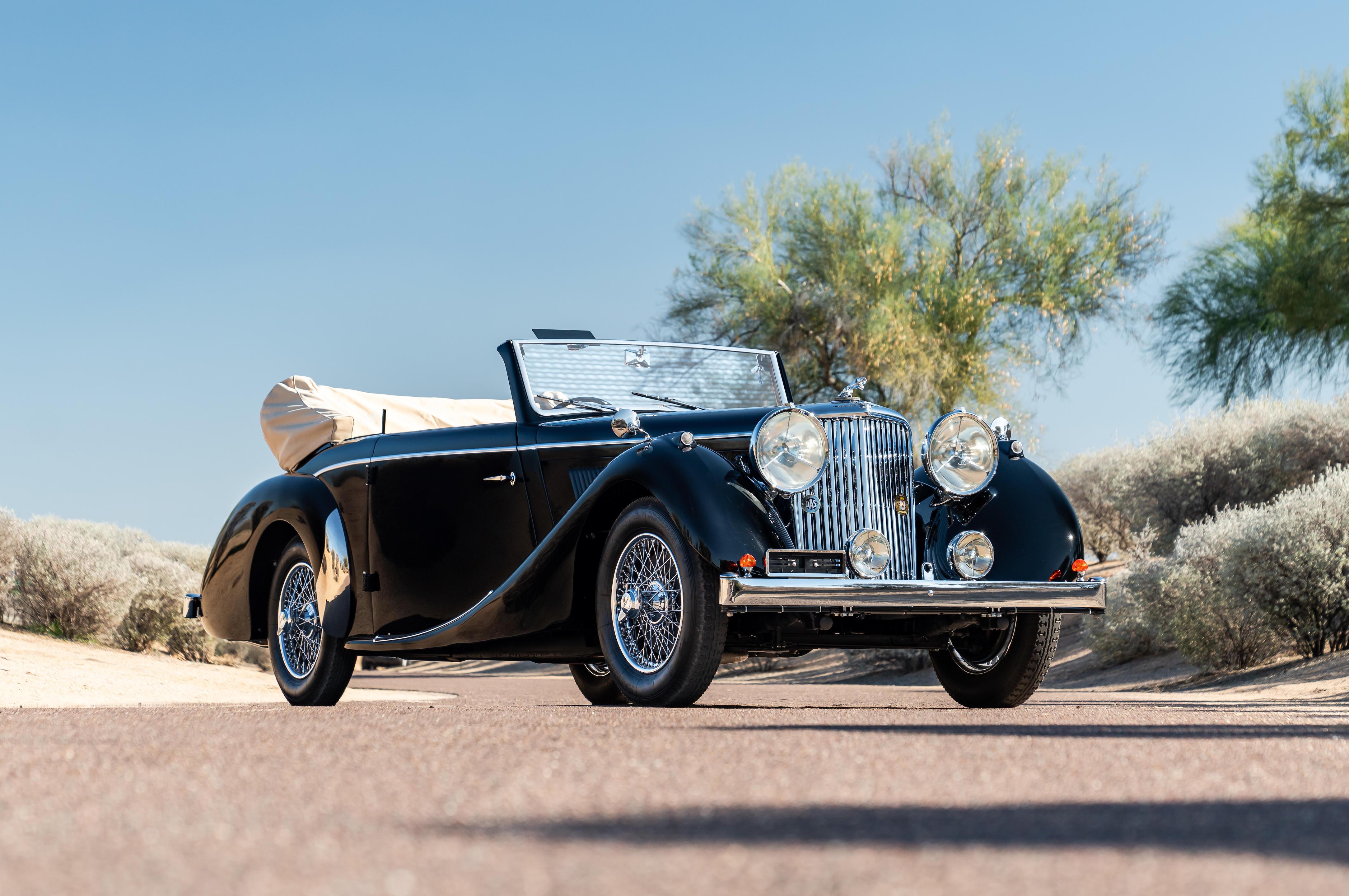
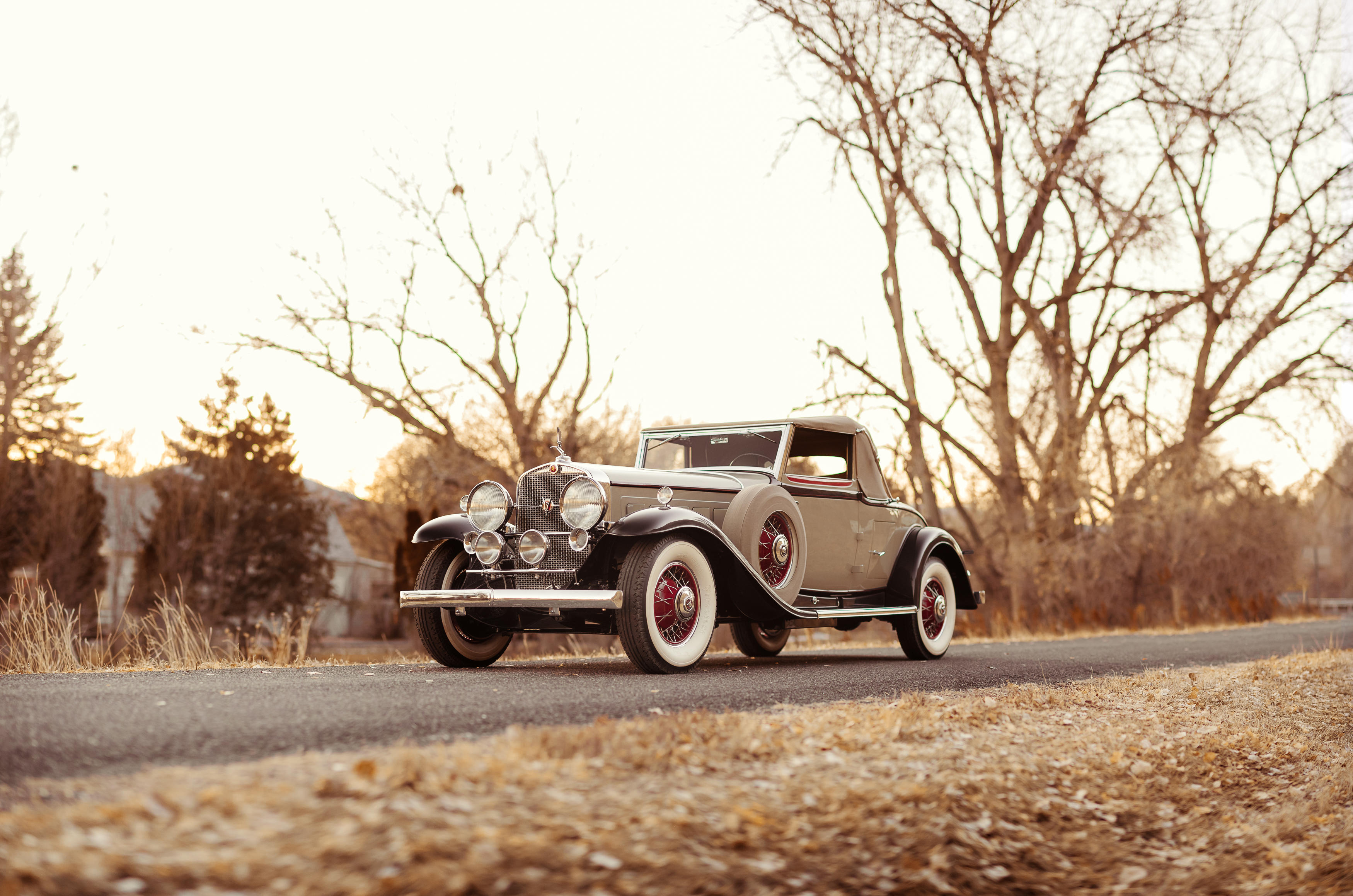
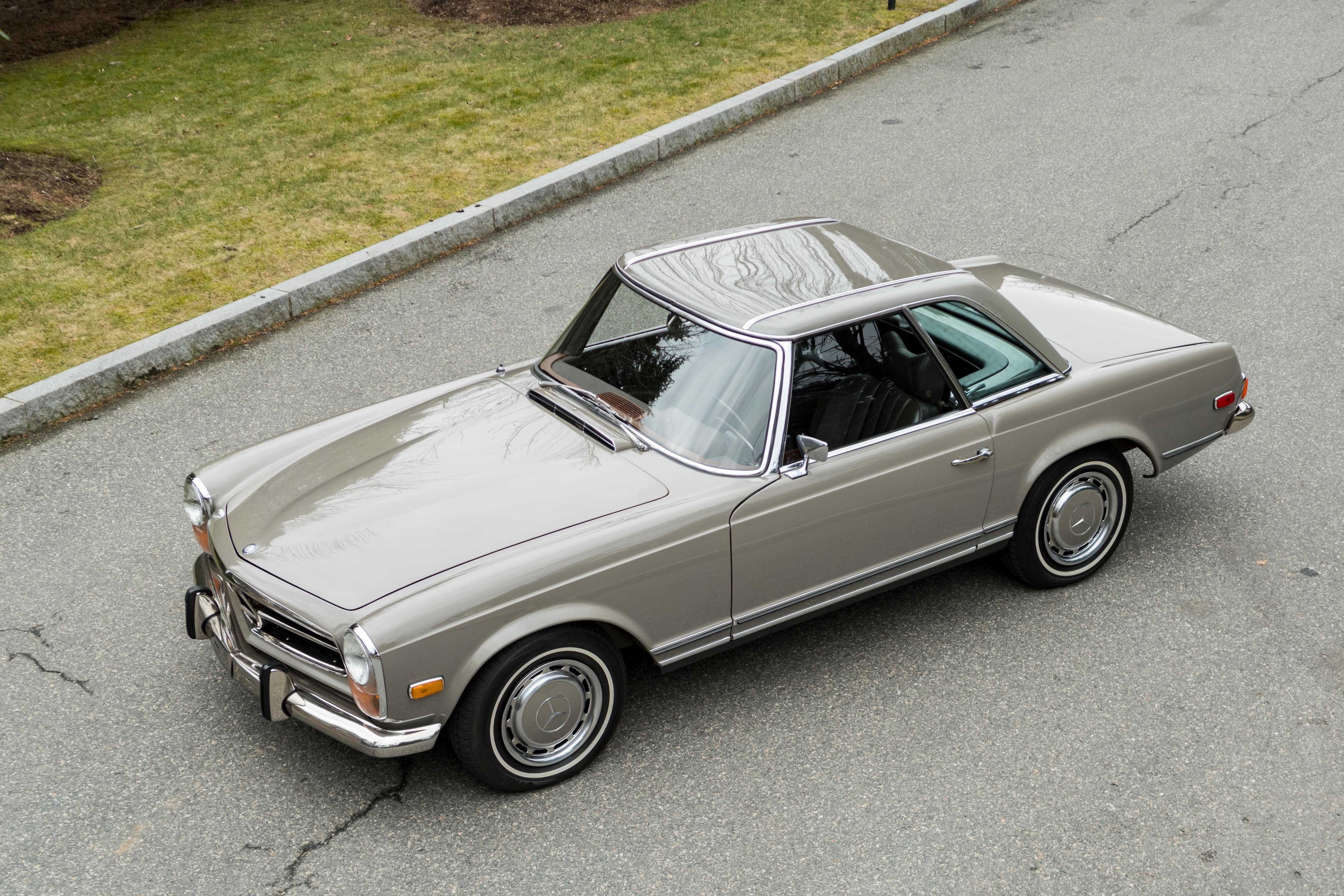

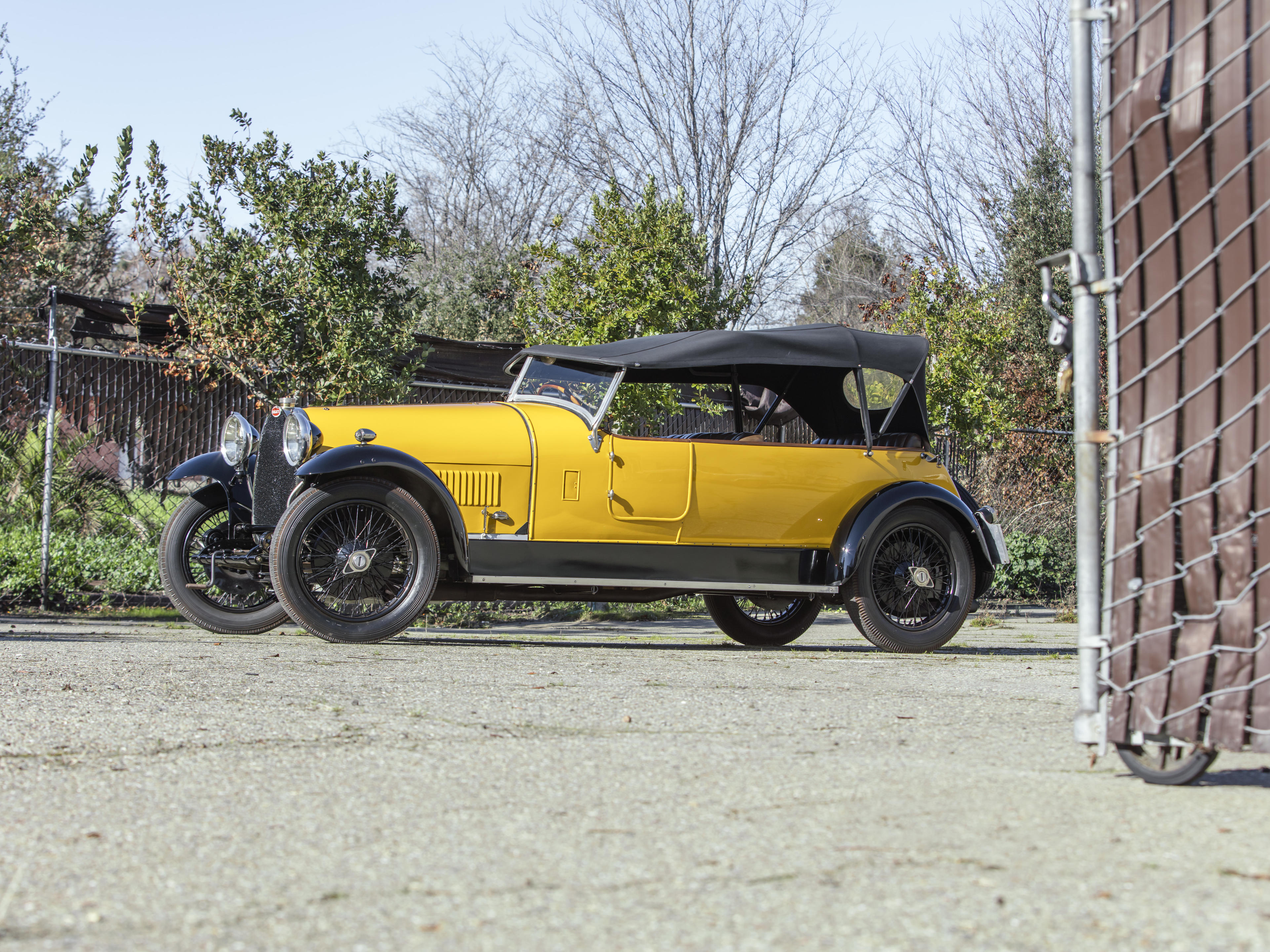
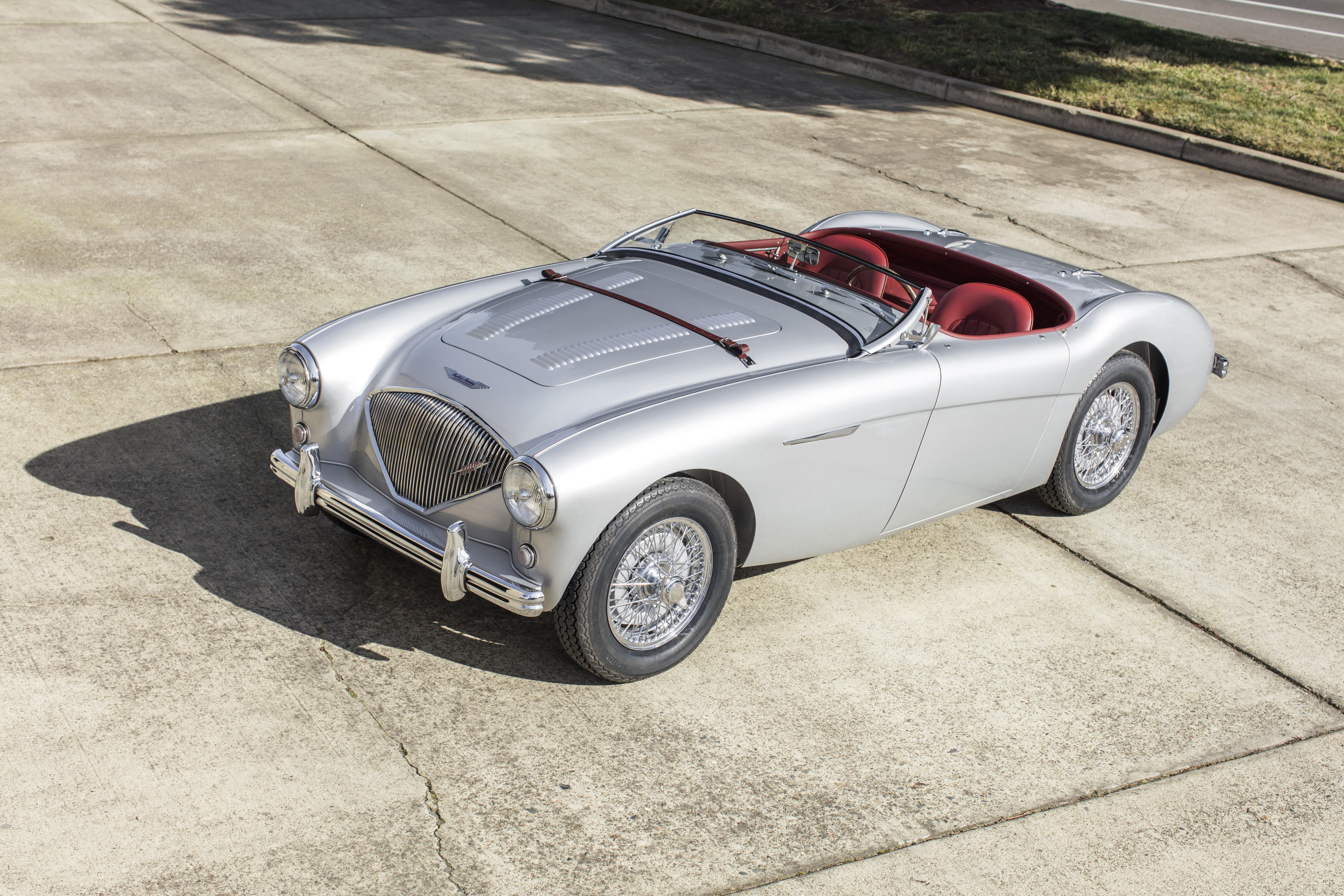
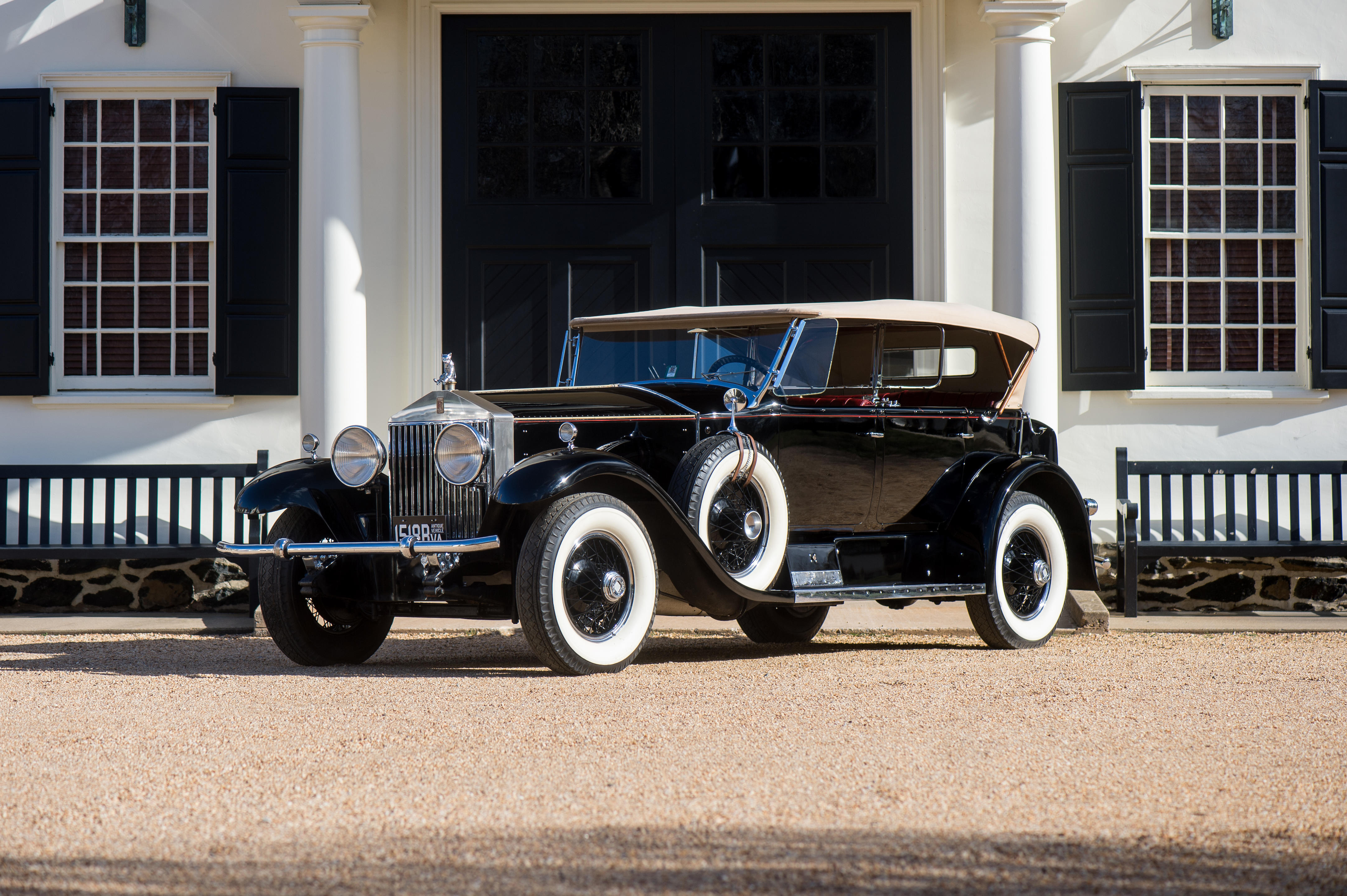
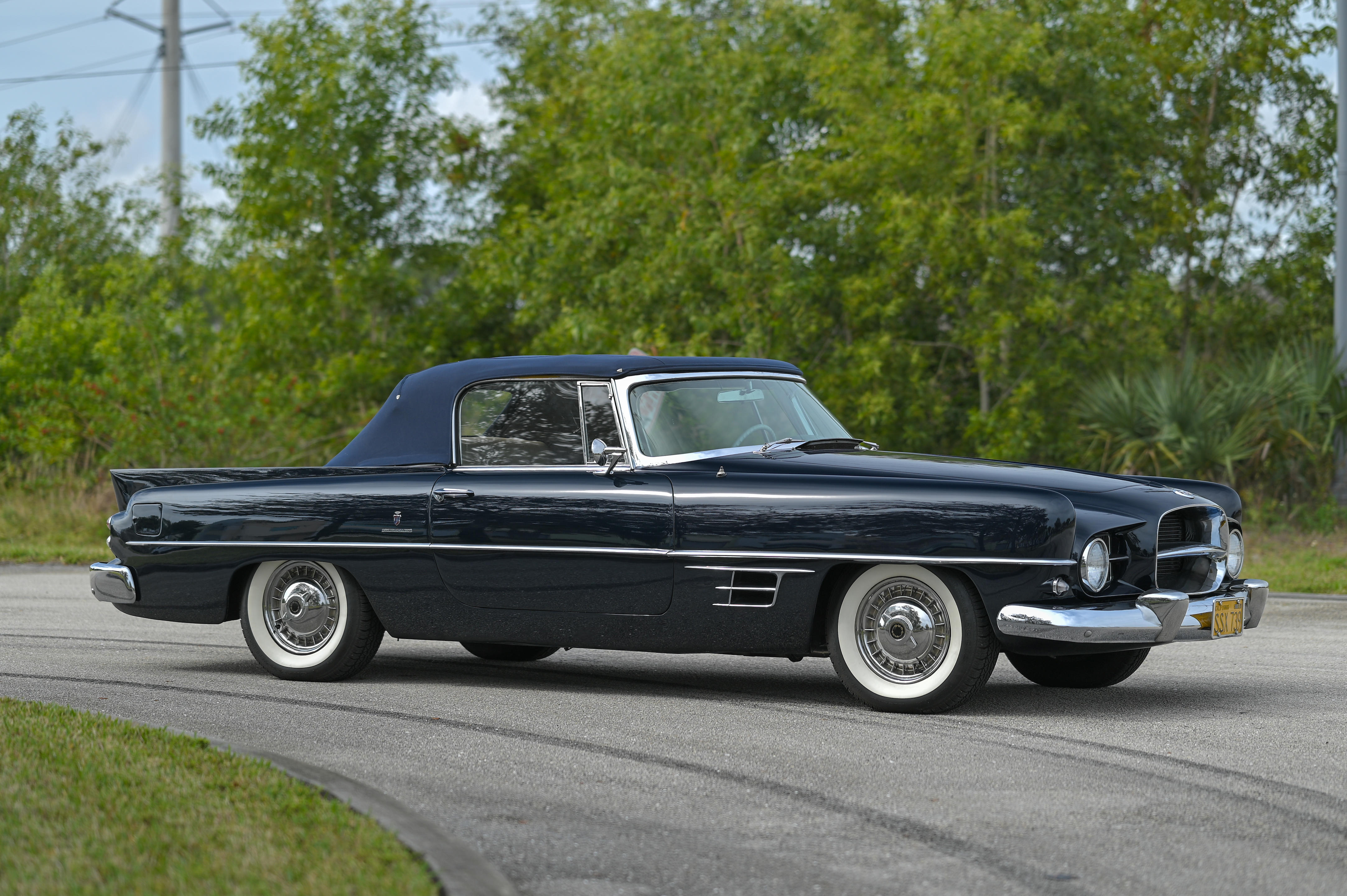

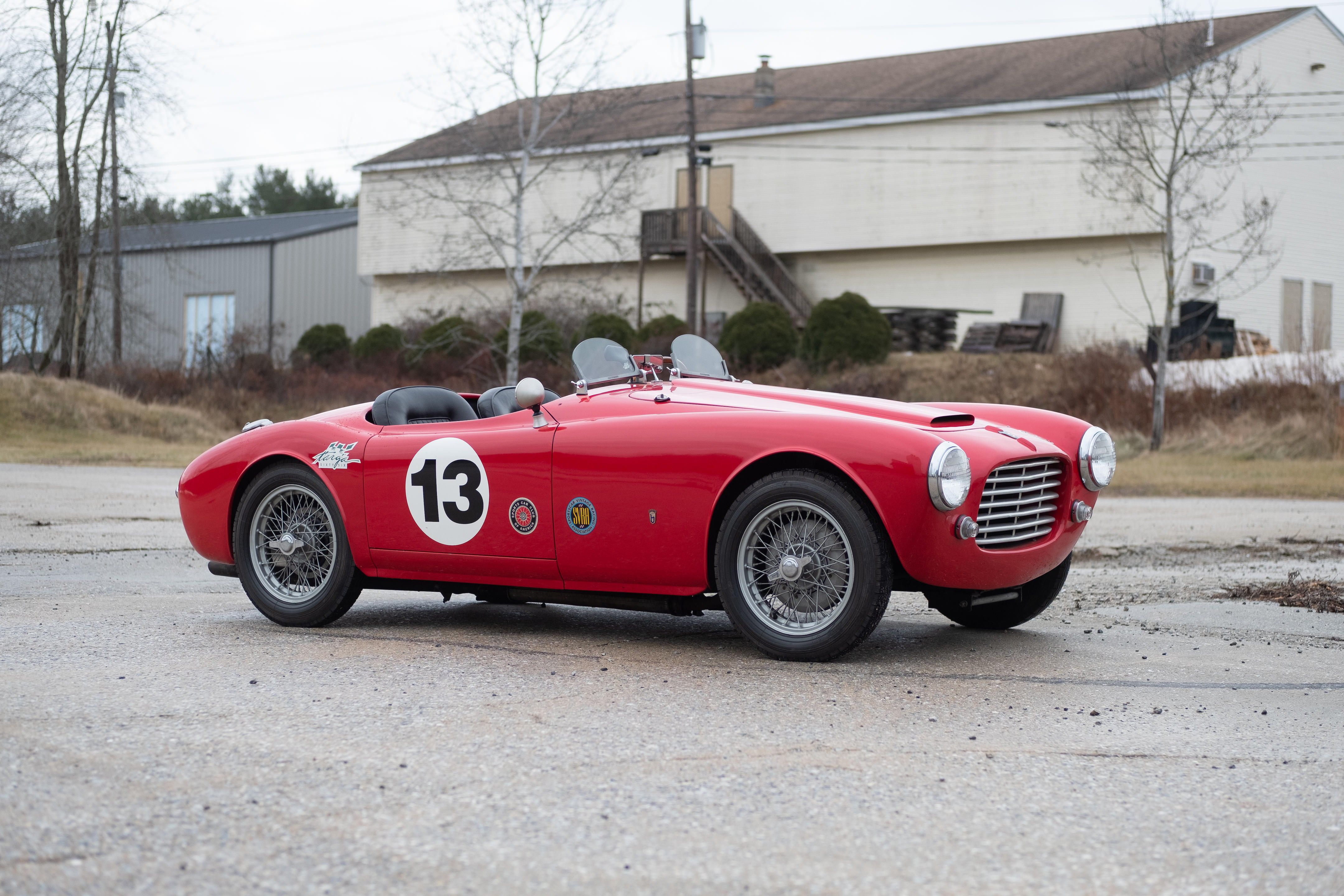
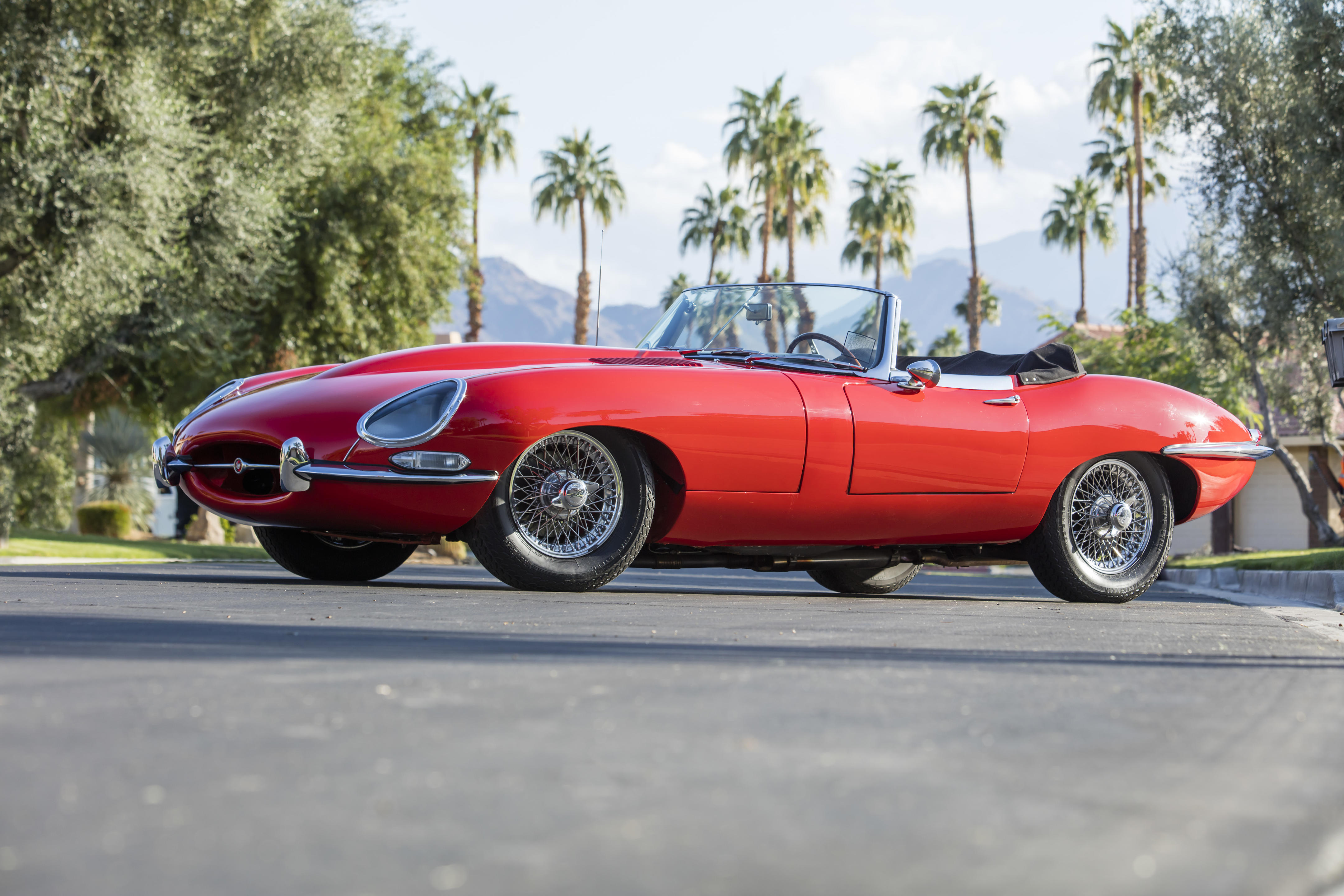


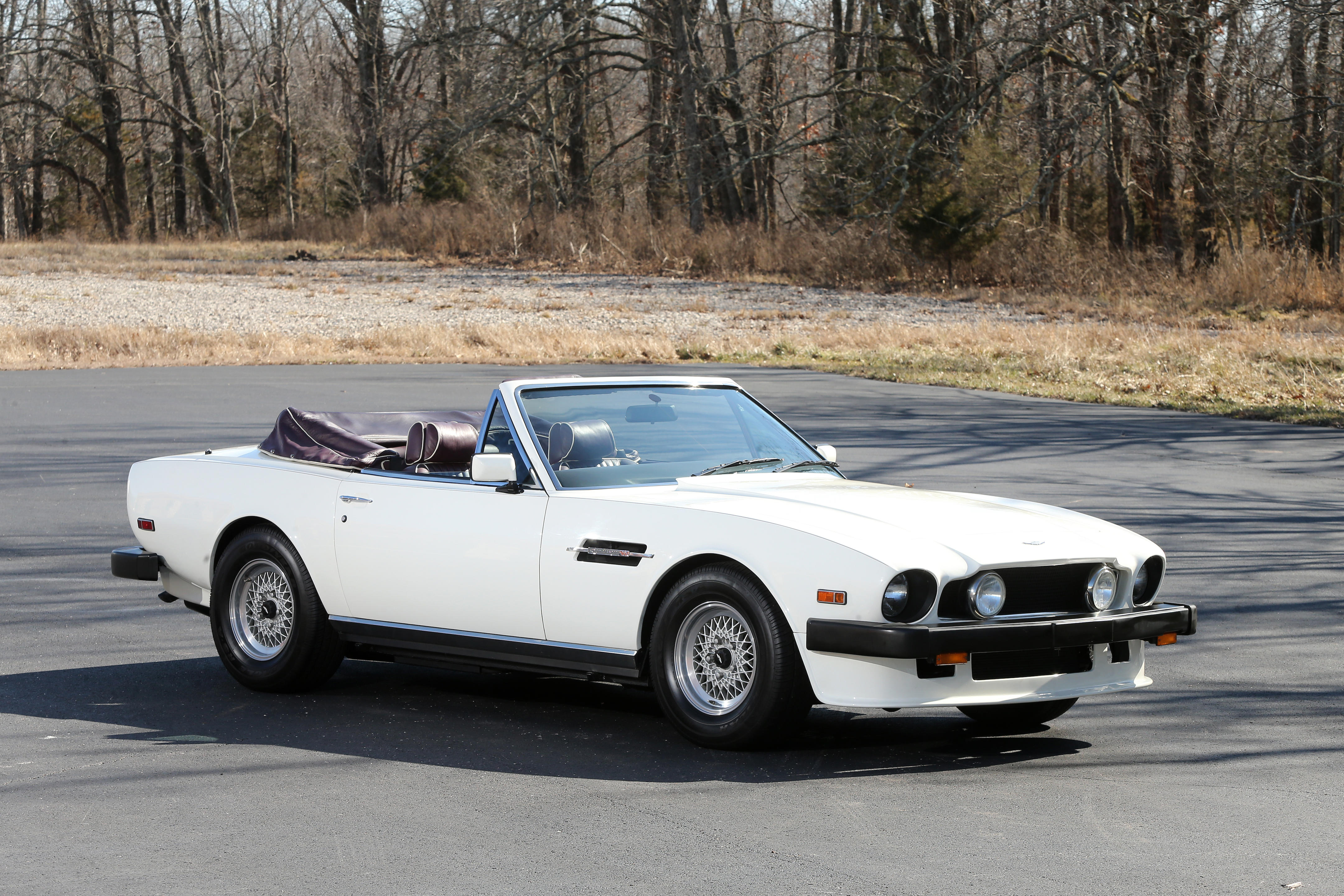

Testen Sie LotSearch und seine Premium-Features 7 Tage - ohne Kosten!
Lassen Sie sich automatisch über neue Objekte in kommenden Auktionen benachrichtigen.
Suchauftrag anlegen